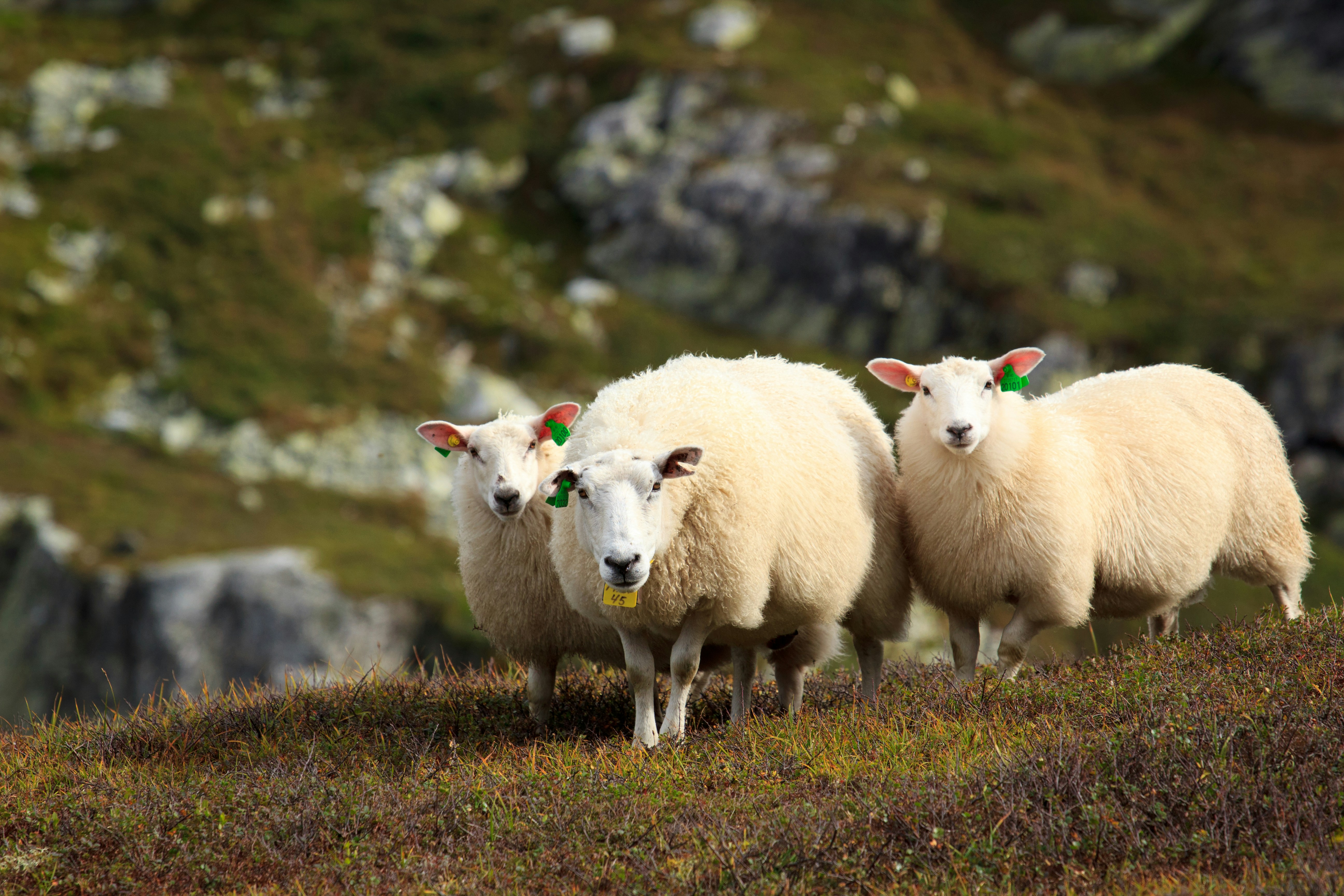Woolly Wonders
Exploring Wool and Micron Counts
Introduction
Have you ever wondered why different breeds of sheep are bred to have different types of wool? How the climate and geography of a region where different breeds of sheep come from influence the characteristics of their wool? What techniques are used to measure differences in wool?
Photos by Xavior Teo, Kasper Lau, Frantisek Duris, Paige McDaniel, Vruyr Martirosyan, and Mayukh Karmakar.
There are many unique types of wool from different sheep breeds all around the world. This Story Map explores the connection between biogeography and wool characteristics.
What's Up With Wool?
You might be asking - what's so cool about wool anyway? Wool is a natural fiber that comes from the fleece of animals like sheep, goats, and alpacas. It has unique properties such as warmth, moisture-wicking, durability, natural fire resistance, and sustainability! Wool is a versatile natural fiber that can be used to create a wide range of textiles from soft and fine fabrics for clothing to durable materials for carpets and upholstery. 1,2,3,7
How is wool produced?
How is wool measured?
Photo by: C. Goodwin
Wool is measured in a variety of ways, including the following:
- Micron counts measure wool diameter, or thickness. The finer the wool, the lower the micron count. 2,5,6,7,9
- Staple length measures the length of the wool after it has been sheared. 2
- Staple strength measures how much force is required to break a bundle of wool with a given thickness. 2
- Yield estimates the amount of wool remaining after being cleaned. 2
- Crimp refers to how much individual fibers in the wool curl, or the natural waves and kinks in wool fibers. 2,9
Sheep Biogeography
Biogeography is the study of the distribution of life across space and how it has changed through time. 4 Not only are different breeds of sheep bred to have unique types of wool, but environmental factors such as climate and vegetation can also lead to genetic adaptation and impact wool characteristics. 2,7,10 Explore the geographic origin and wool attributes of common breeds of sheep around the world on the map below!
